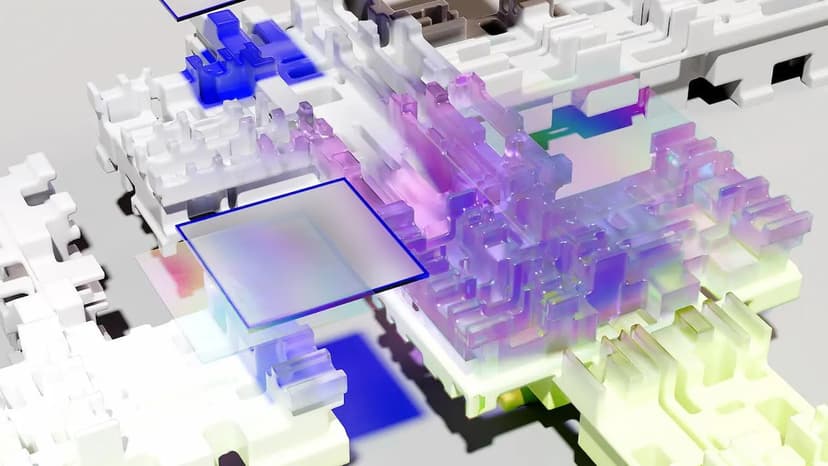Methods and Algorithms Used in AI Training
Artificial Intelligence (AI) plays a significant role in many applications and technologies. AI training relies on various algorithms and methods that enable machines to learn and make intelligent decisions. This article outlines some key methods and algorithms used in AI training.
1. Supervised Learning
What is supervised learning? It is a fundamental technique in AI training that uses labeled data. The model learns from this data to make predictions or classify new, unseen data points. A popular algorithm is Linear Regression. It finds a linear relationship between input features and output values, making it useful for tasks like predicting house prices based on factors such as square footage and number of bedrooms.
2. Unsupervised Learning
What distinguishes unsupervised learning? This method works with unlabeled data. The model identifies patterns or structures without prior information. A commonly used algorithm is Clustering, which groups similar data points based on inherent characteristics. This technique is useful in customer segmentation by identifying distinct groups of customers with similar preferences.
3. Reinforcement Learning
What is reinforcement learning? This area of machine learning involves an agent learning to interact with an environment to maximize rewards. The agent takes actions, receives feedback in the form of rewards, and updates its strategy for better outcomes. A well-known reinforcement learning algorithm is Q-Learning, which estimates expected future rewards for actions in various states. Q-Learning has applications in game playing and robotics.
4. Neural Networks
What are neural networks? They are algorithms inspired by the human brain's structure and functioning. Composed of interconnected nodes called neurons, they are organized into layers. Each neuron performs simple computations, passing output to the next layer. Deep Neural Networks (DNNs) with multiple hidden layers have gained popularity. The Convolutional Neural Network (CNN) is a widely used DNN architecture for tasks such as image classification and object detection.
5. Genetic Algorithms
What are genetic algorithms? These are evolutionary algorithms inspired by natural selection. They solve optimization problems by mimicking biological evolution. A population of candidate solutions evolves over generations. The fittest individuals are selected, and their traits are combined and mutated to create offspring for the next generation. Genetic algorithms have applications in optimizing complex systems and designing efficient neural network architectures.
The methods and algorithms discussed provide insight into AI training. Each technique has its strengths and weaknesses, making them suitable for different types of problems. Knowledge of these algorithms is vital for practitioners and enthusiasts in the field of AI. Leveraging these powerful tools can help unlock AI's potential in various domains.
References:












